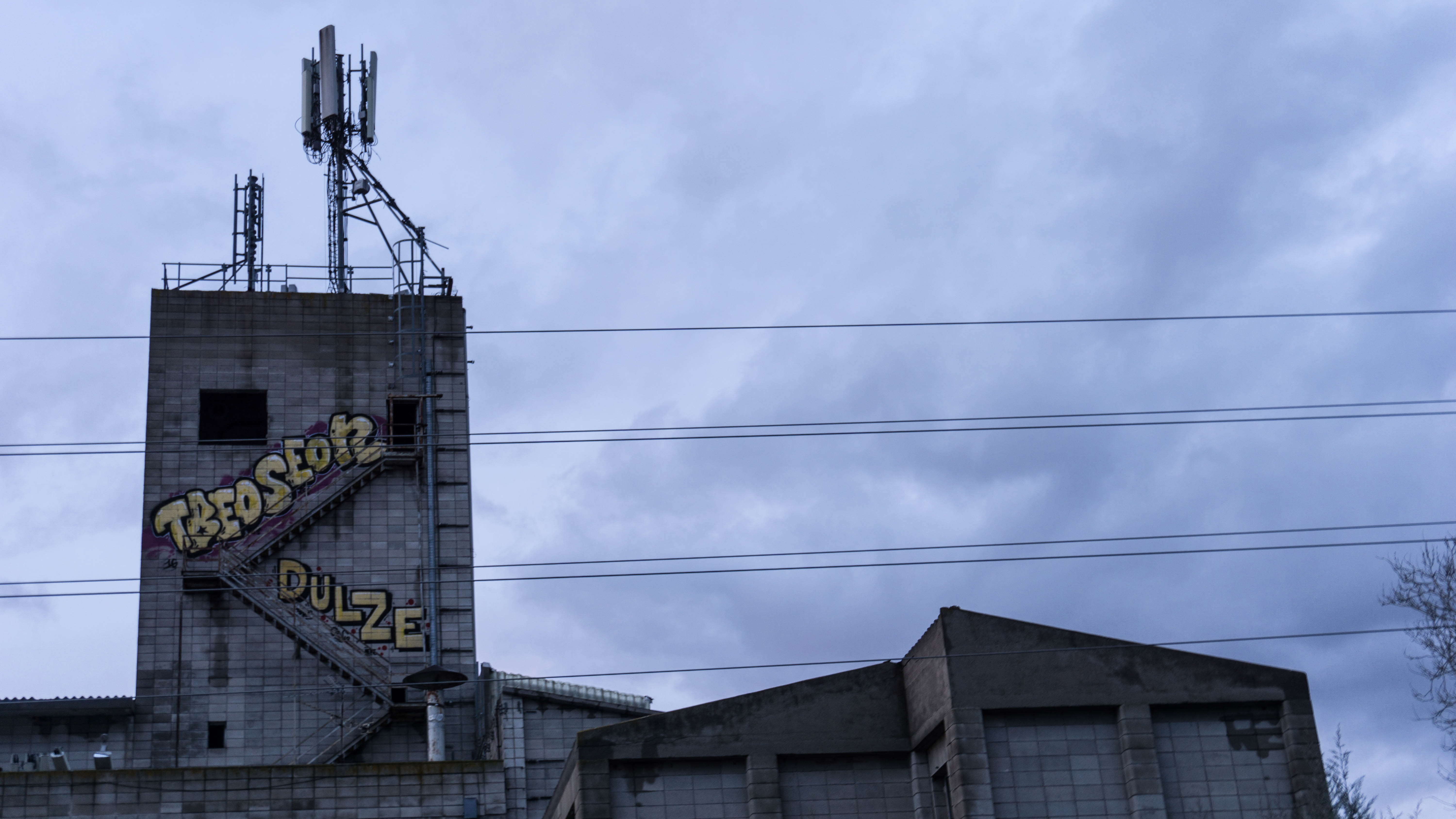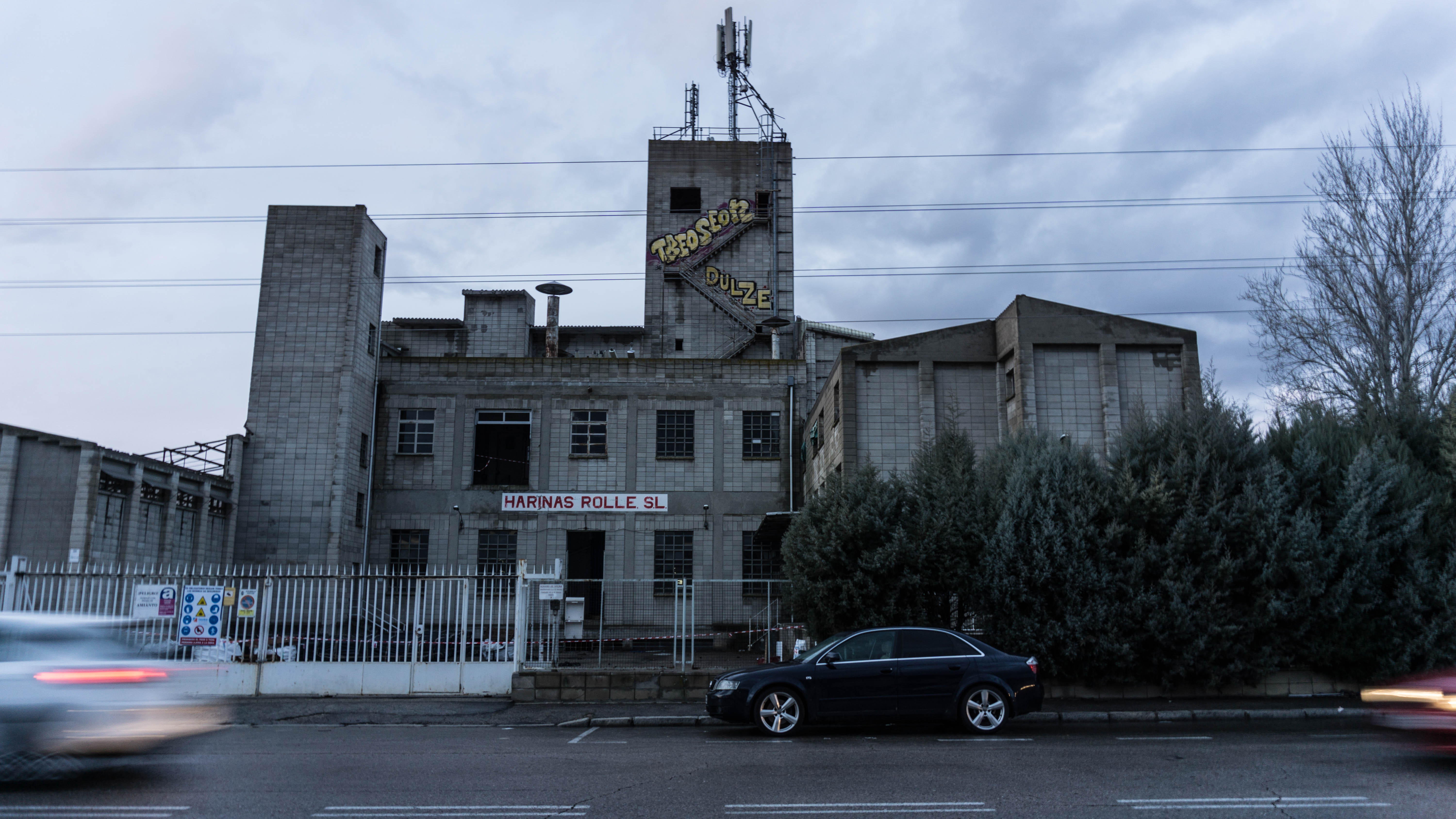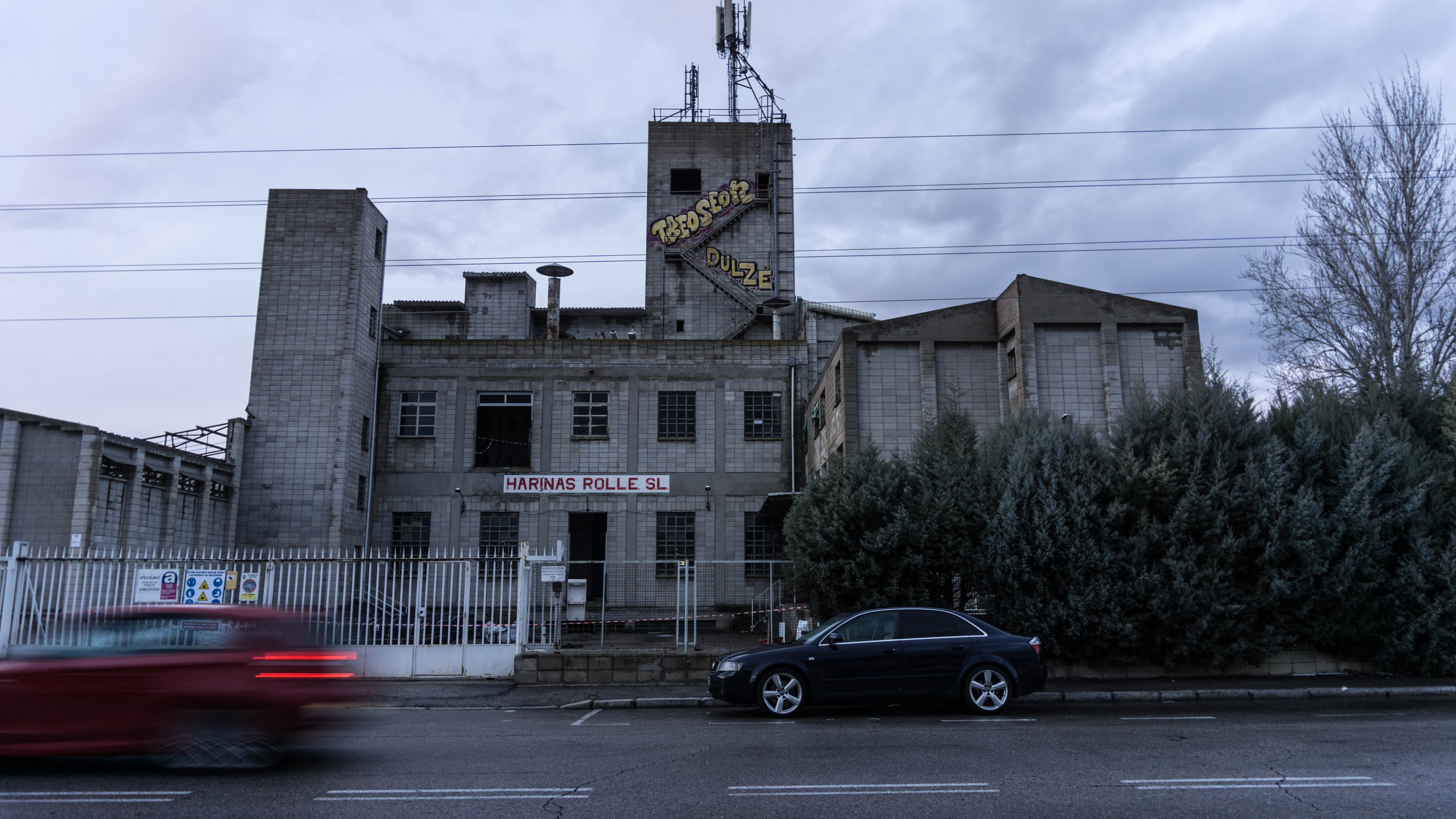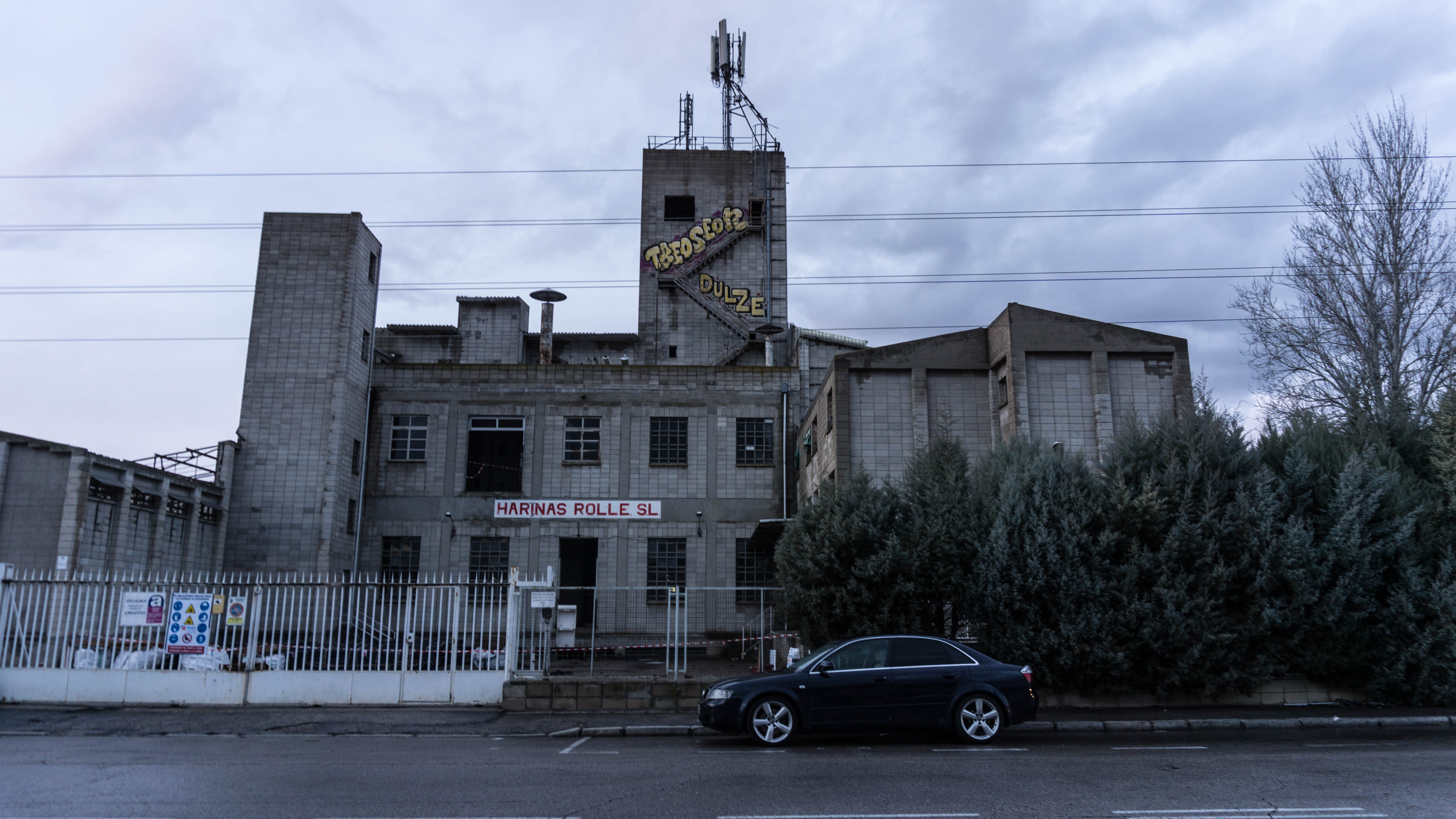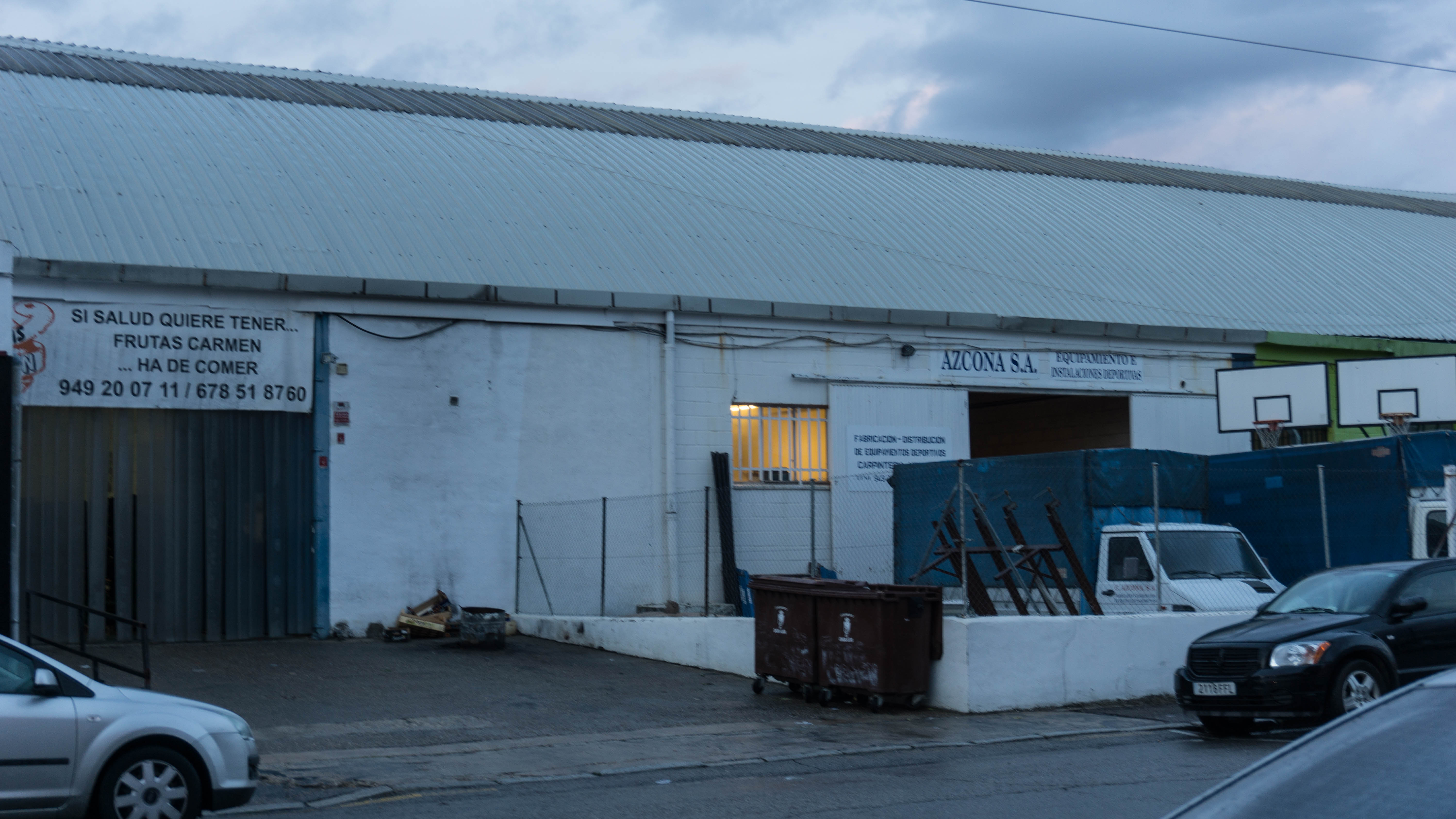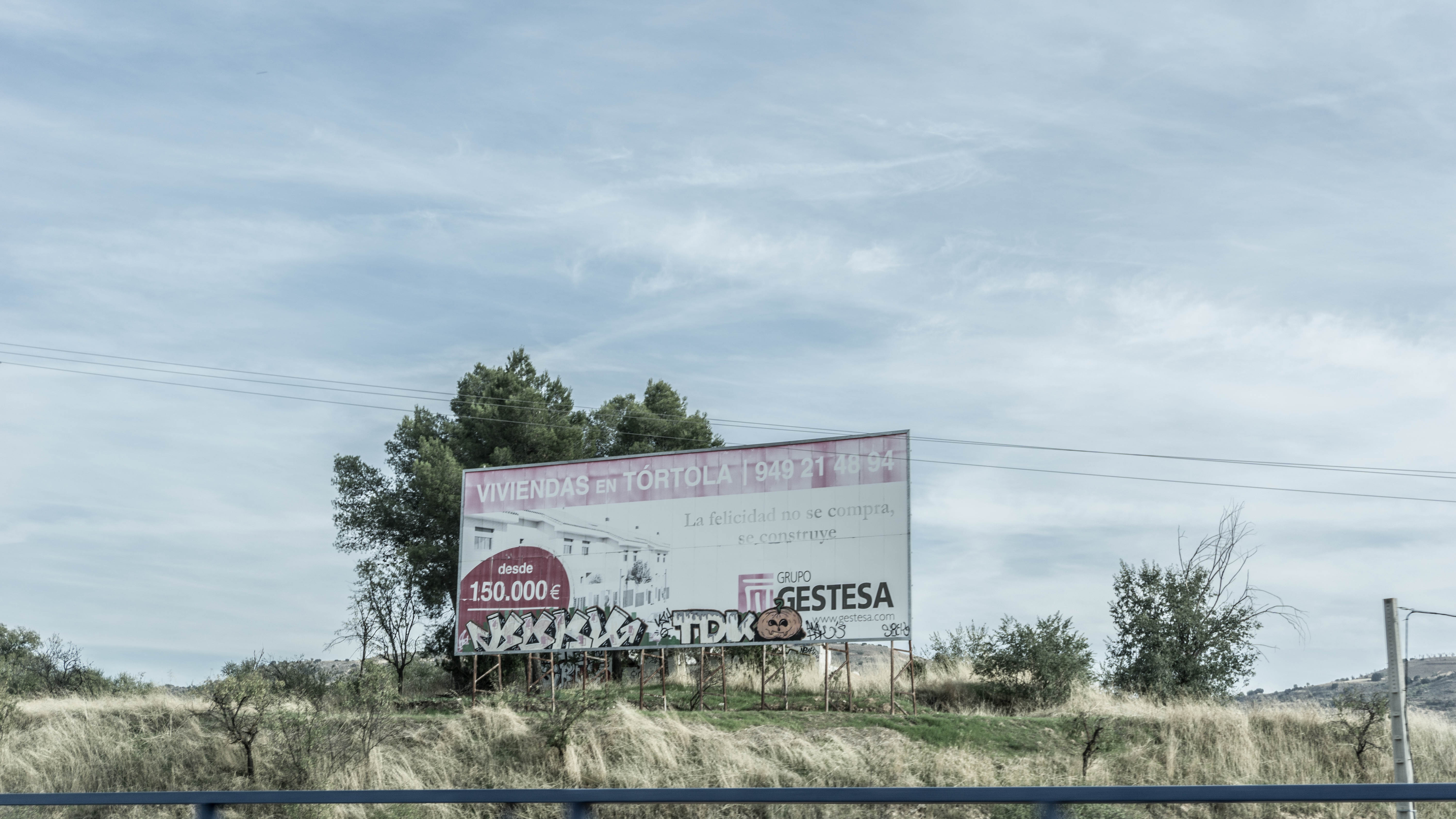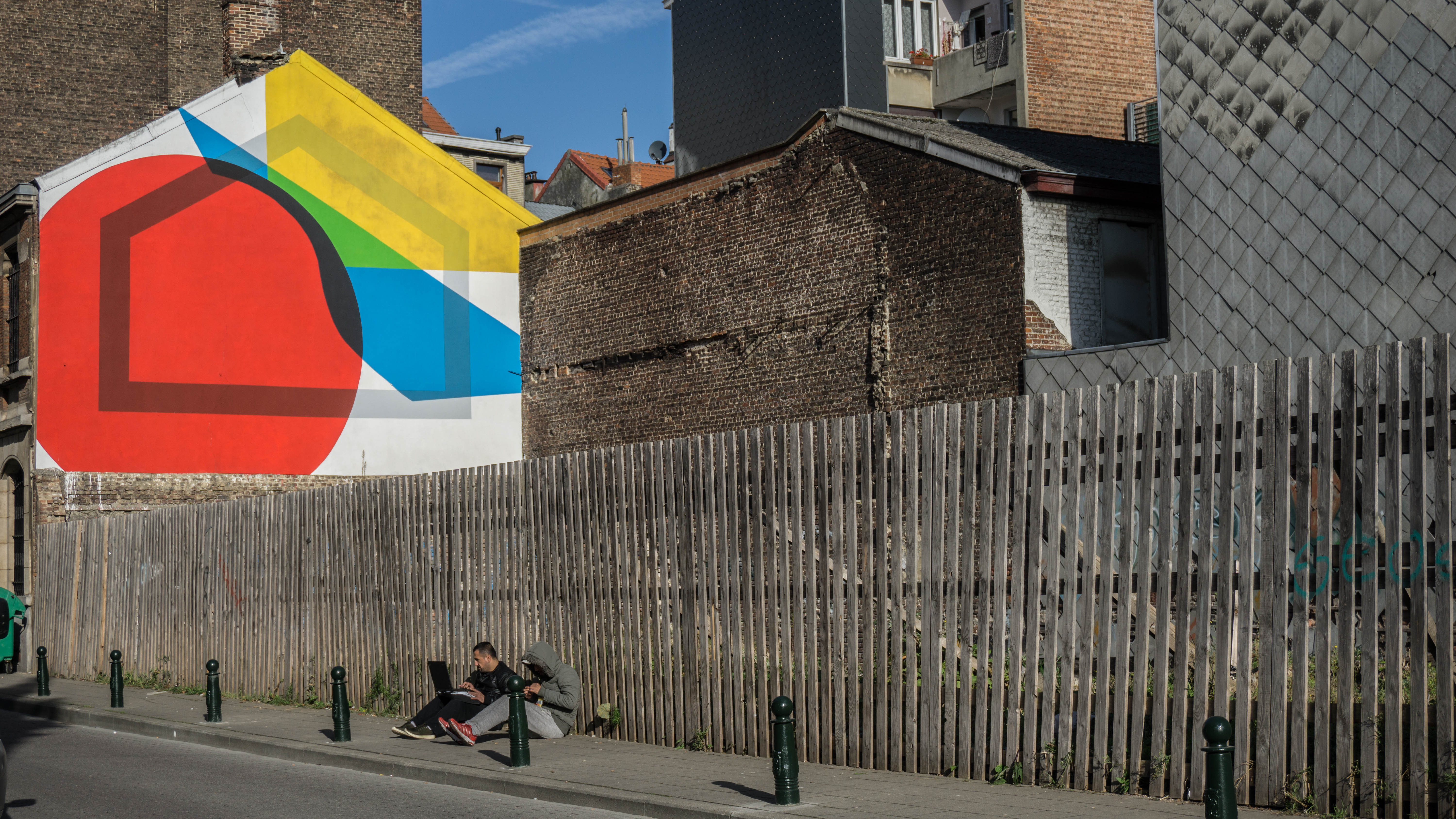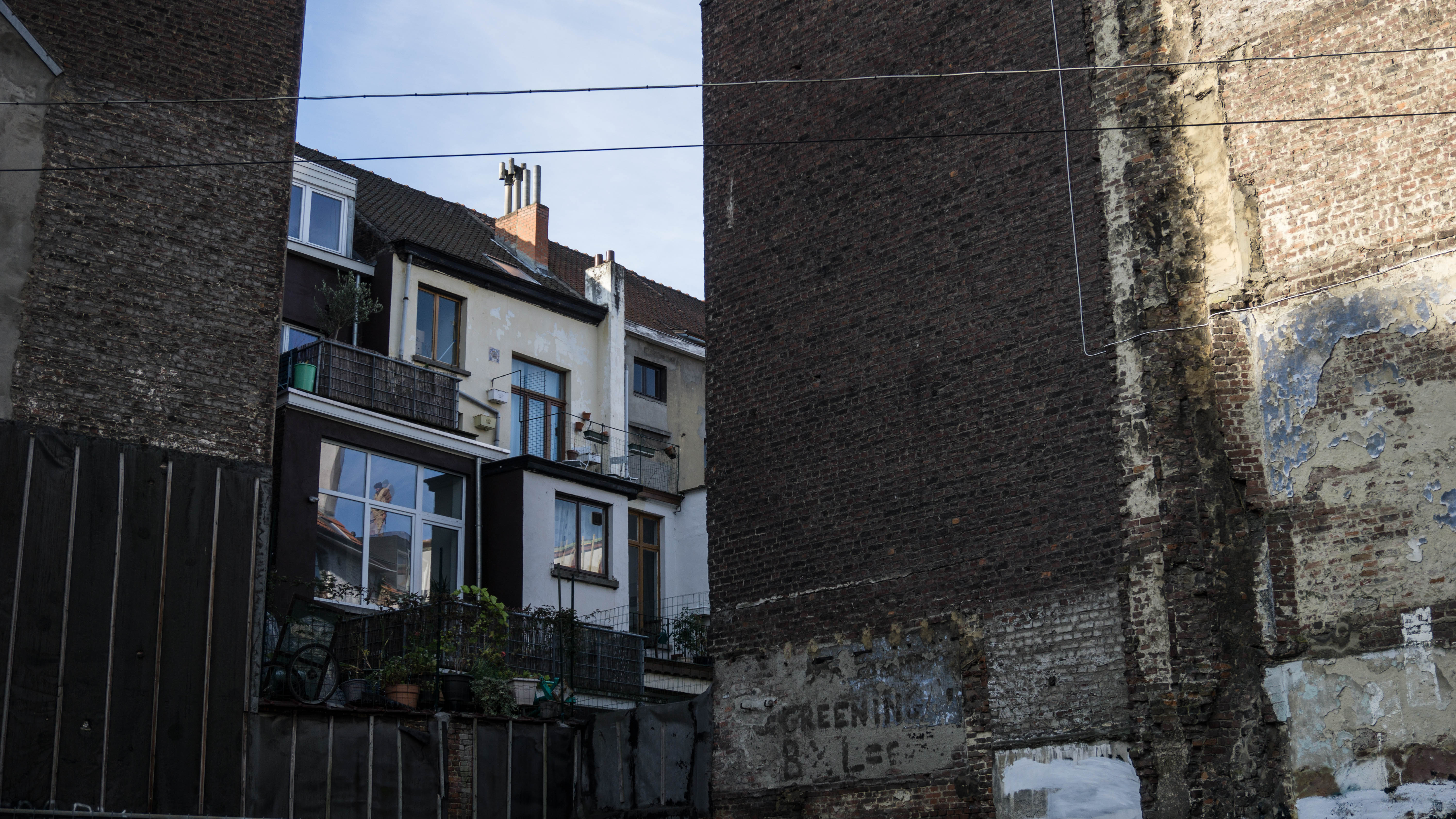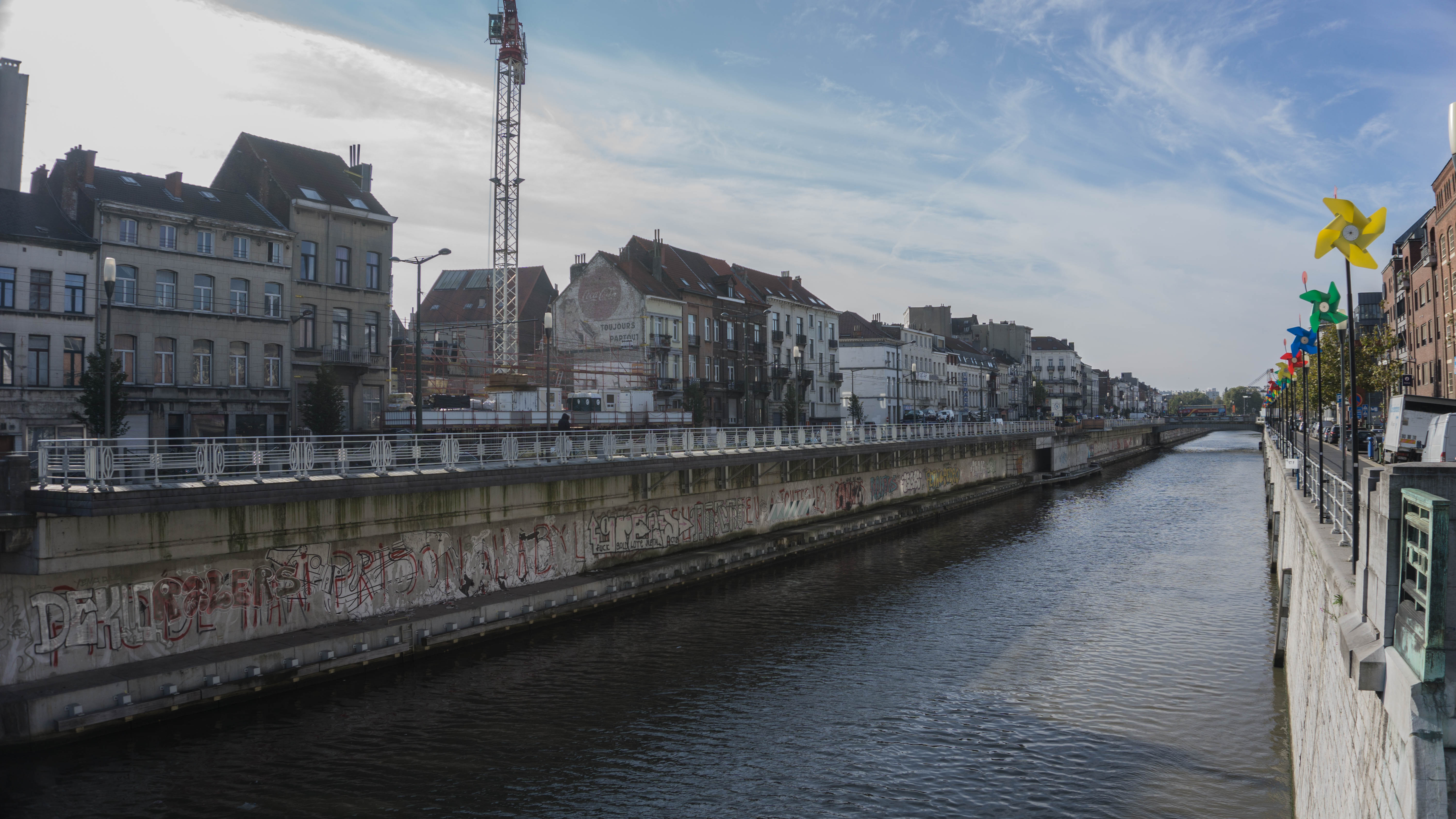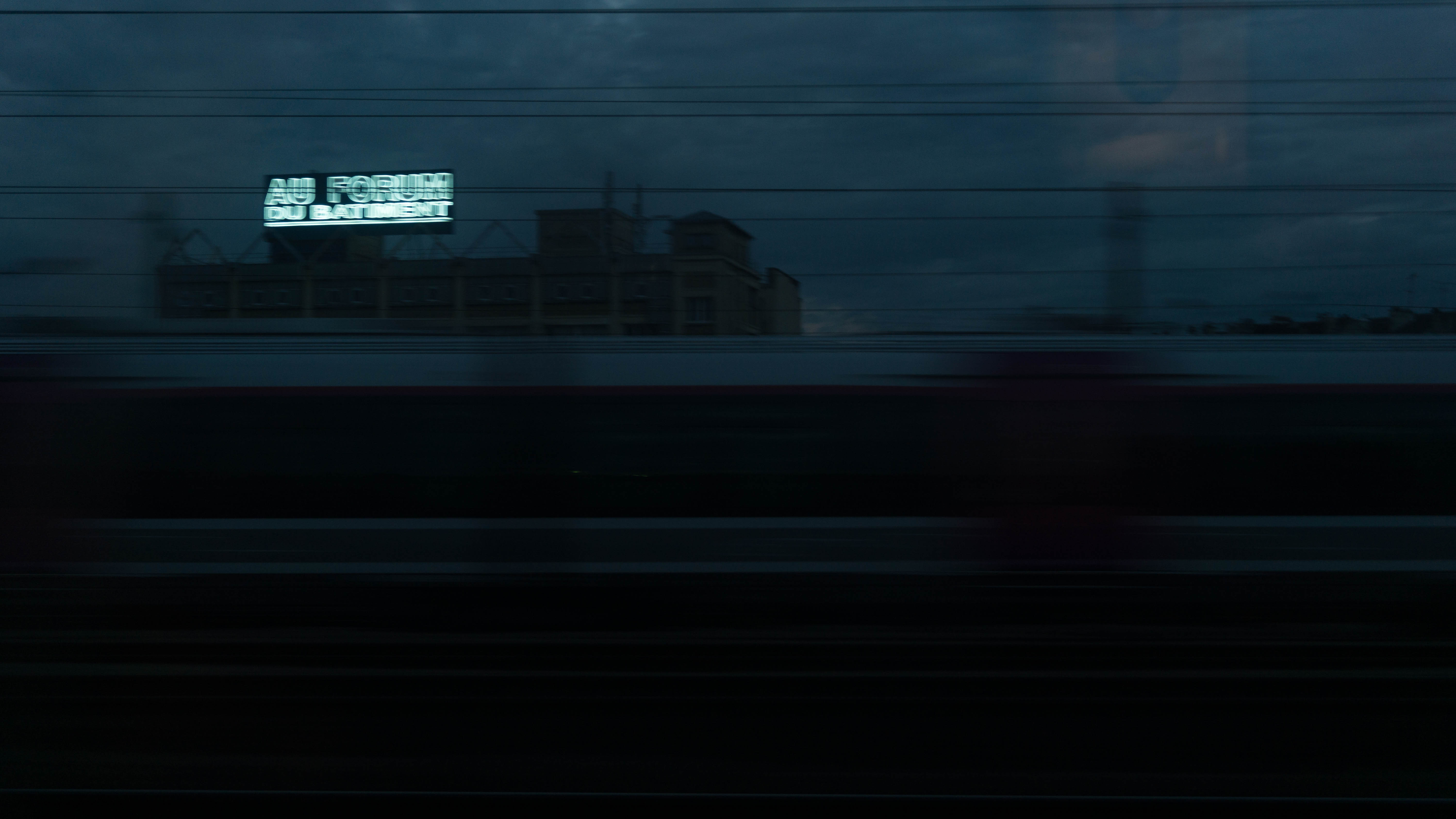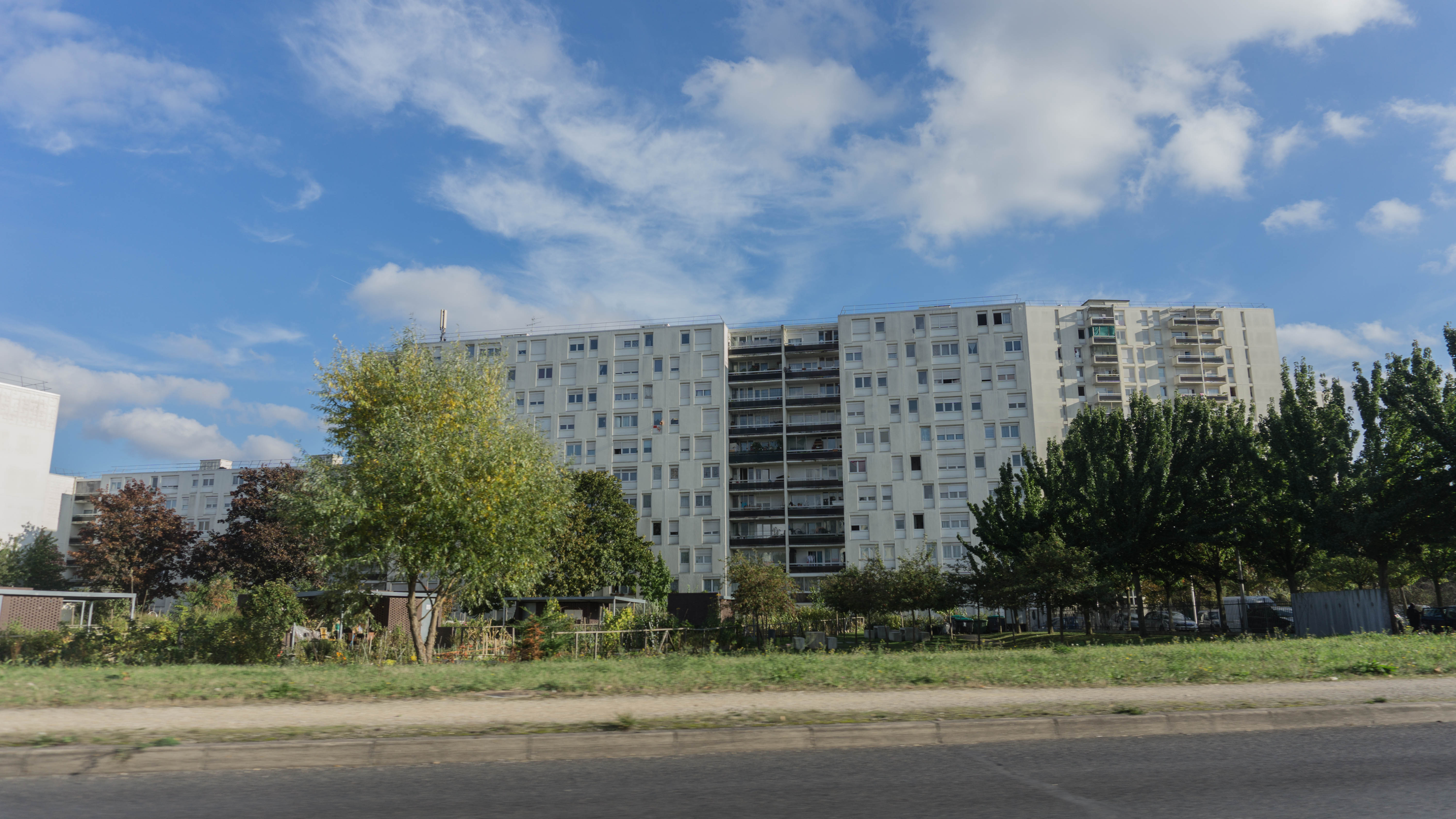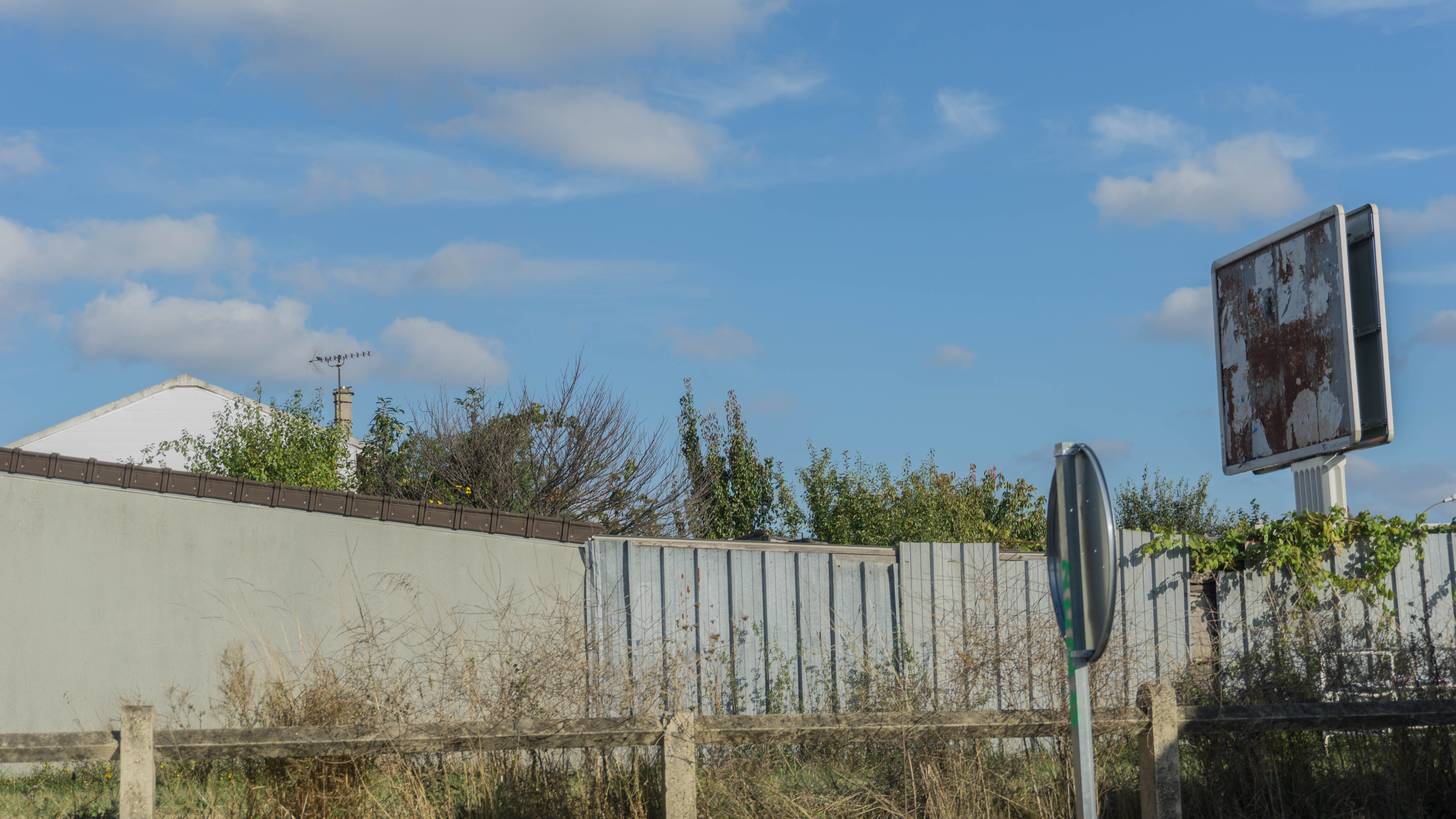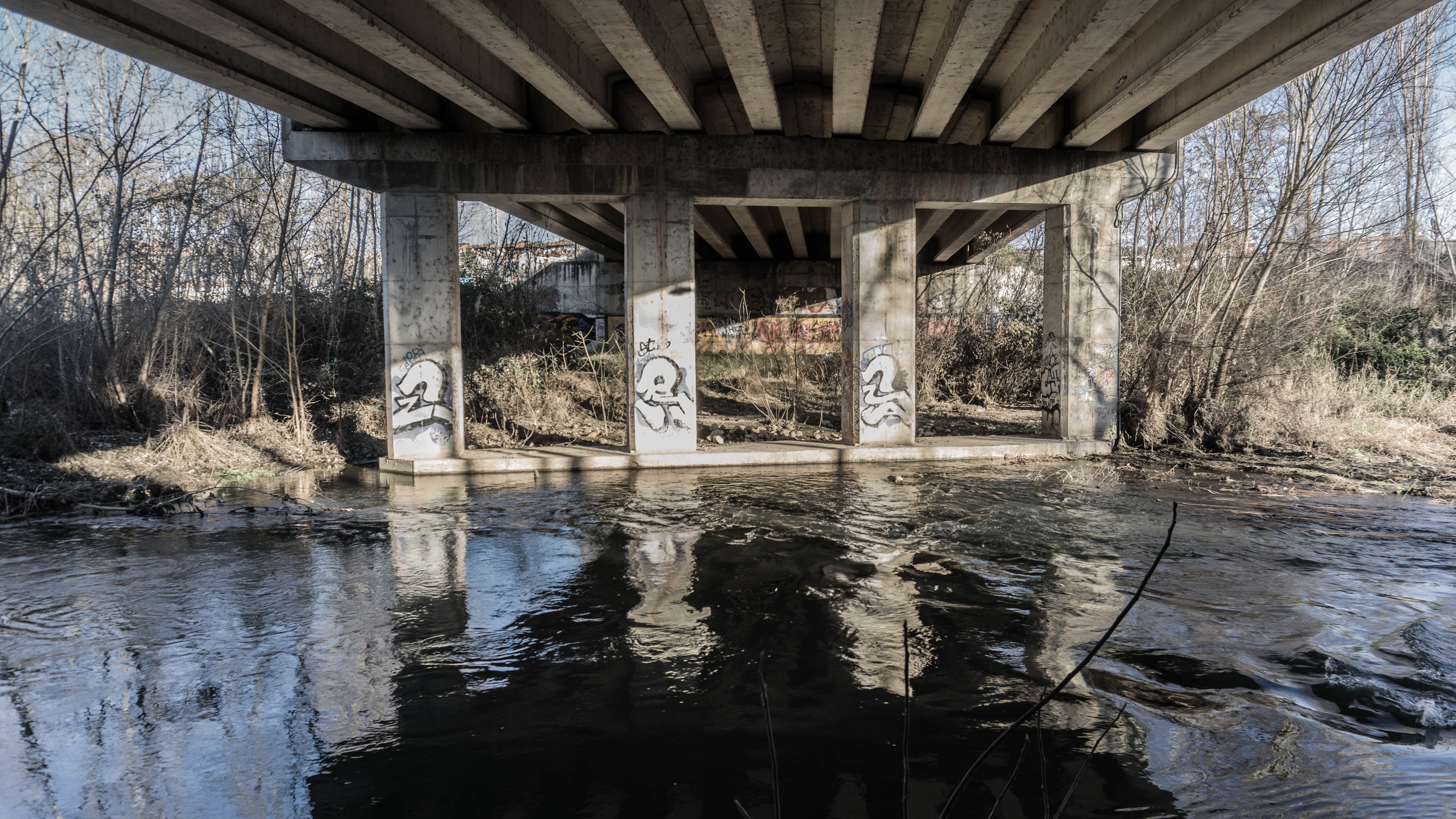
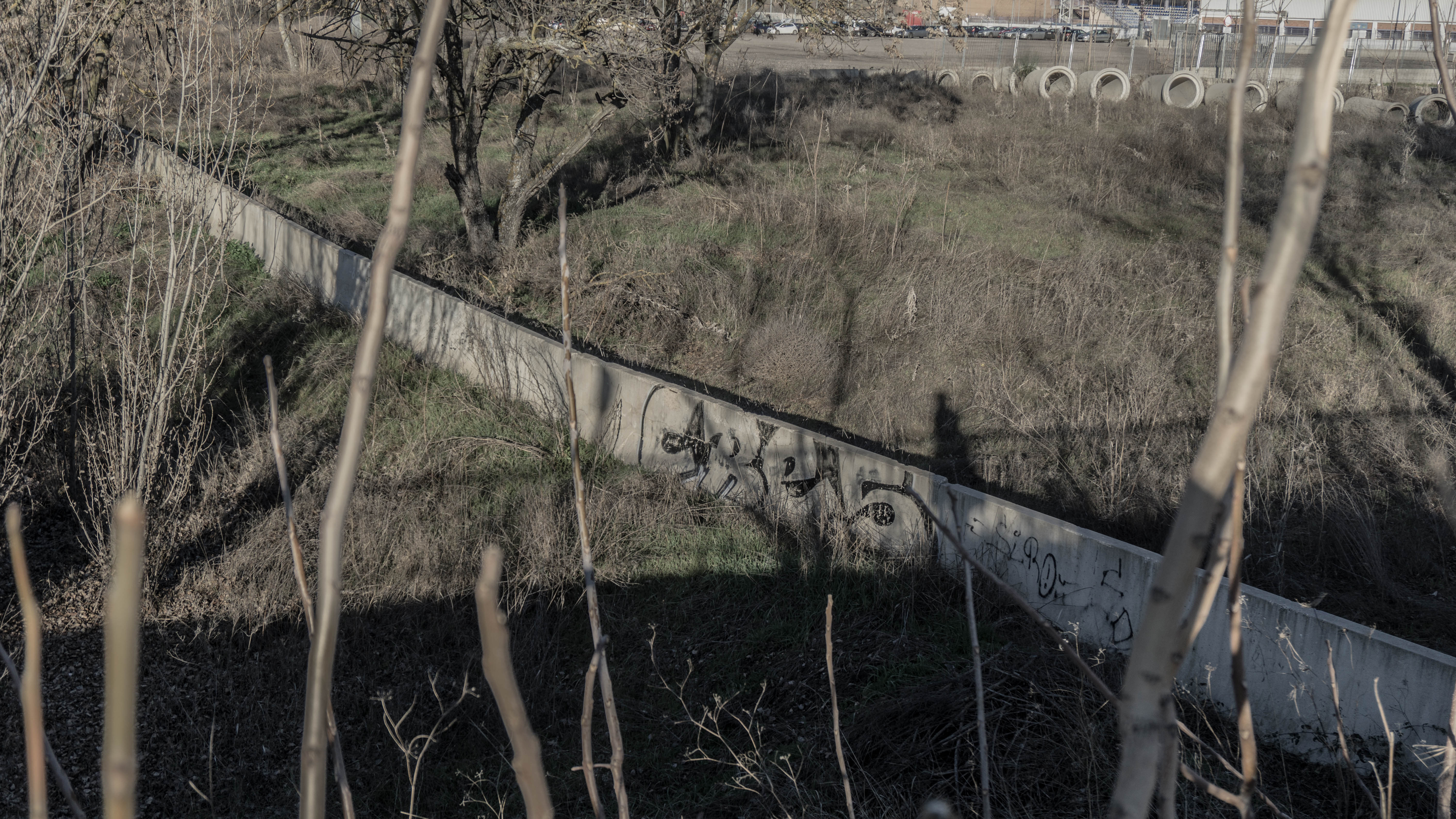

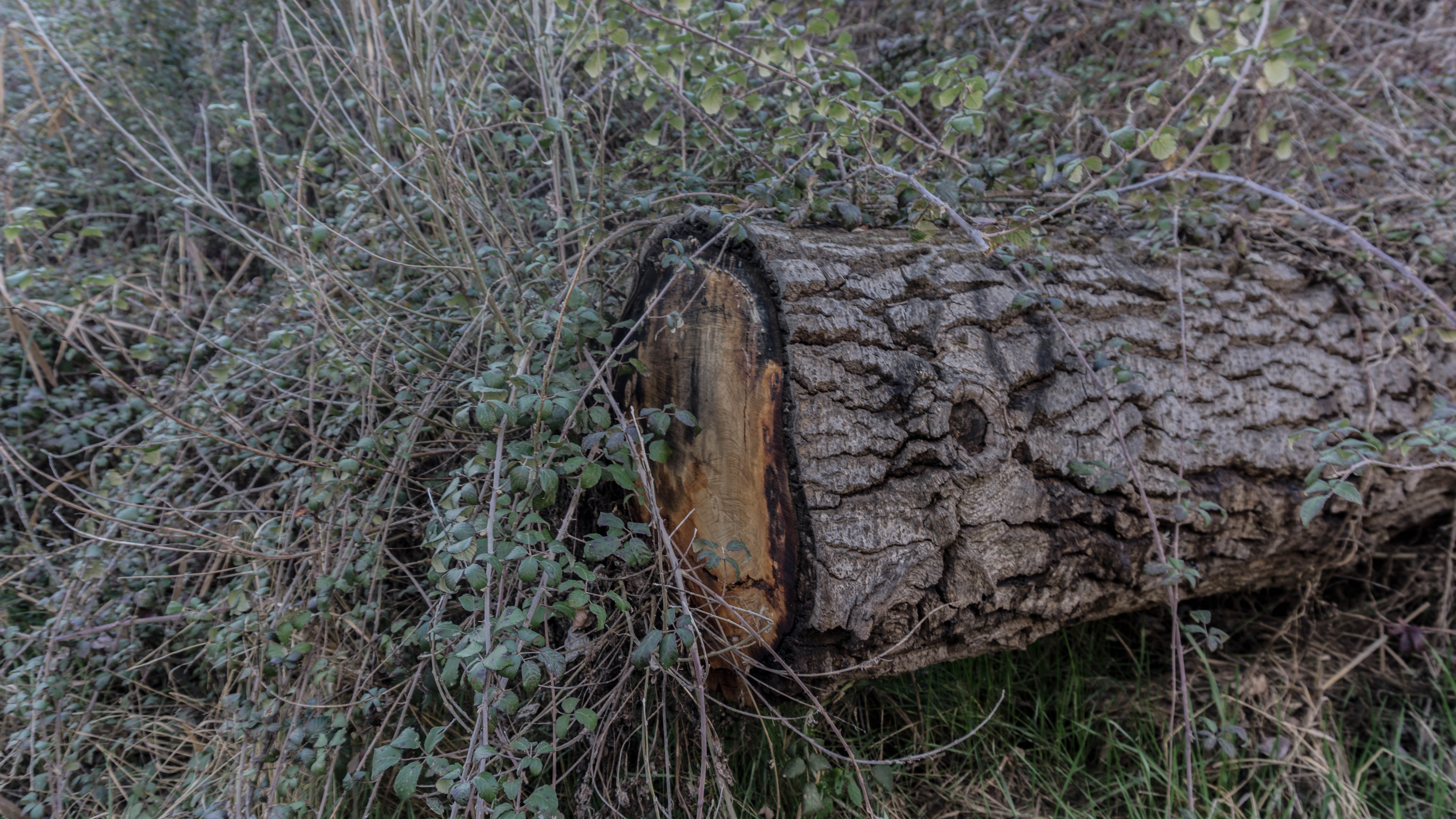
The artist struggling whith ellipses in a still life may end up with a painting dotted with doughnut-like formations that are supposed to represent the rims of cylindrical vessels.
Some ellipses appear lop-sided, others look like UFOs. In several cases, the ellipses appear to inhabit a different space to that of the vessel concerned.
How can the artist overcome the problem of painting ellipses on objects?
The still life artist may find painting ellipses difficult to avoid, as many household objects contain ellipses. The list is endless: vases, teacups, teapots, mugs, urns, saucers, eggcups, tankards, dishes, pots, pipes, cake tins, wine glasses and bottles.
This can be a headache for the artist wishing to steer clear of such elements. But the hurdle of drawing ellipses is a common one which can be overcome. Before making improvements, the following practices need to be addressed, including the most common issue, giving the ellipse corners.
Drawing the ellipse asymmetrically. The ellipse might slant to one side resulting in a tear-shaped ellipse.
Another common mistake is illustrating the rim of the vessel as a single line without suggesting any depth to the rim depicted.
Rendering dark lines around the ellipse, even though lines cannot always be discerned on areas on the actual rim.
Failing to accord the base of the cylindrical object with the rim at the top, resulting in a vessel that appears to inhabit two areas of space at the same time. A common example is drawing the base of the cylinder as a straight line, and the ellipse at the top as an ovoid.
